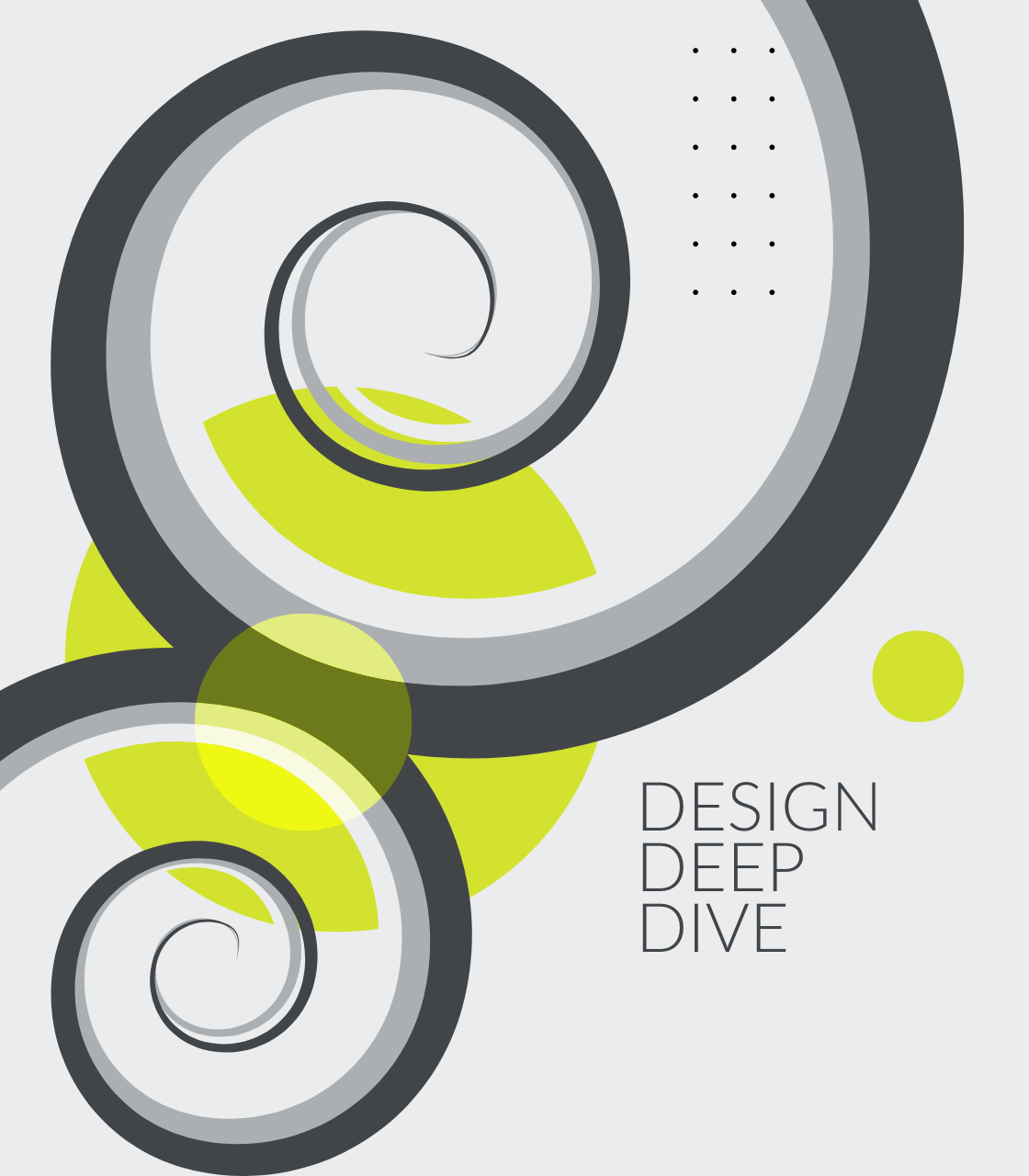
Buzz / 06 20, 2023
A KILLER PORTFOLIO IS THE MOST IMPORTANT ASSET FOR A PRODUCT DESIGNER
Product design is an incredibly competitive field, with countless talented professionals vying for the same opportunities.
In such a crowded landscape, it’s crucial for job-seeking product designers to stand out from the pack.
While a strong resume and educational background may be factors, they pale in comparison to a portfolio of work that showcases a product designer’s creativity, technical skill, and ability to solve problems.
Demonstrate Your Skills and Talents
A portfolio is essentially a product designer’s calling card, and it’s the first thing potential employers will look at when considering a candidate.
A well-crafted portfolio demonstrates a product designer’s technical skills, artistic abilities, and problem-solving capabilities.
Through their work, product designers can showcase their knowledge of design principles, proficiency in various software programs, and ability to create effective visual communication.
“An impressive resume or educational background may give employers an idea of a designer’s qualifications, but a portfolio of work shows exactly what a designer can do,” says Jason Rivers, Haneke’s Director of Design.
Employers want to see examples of a product designer’s work that align with their specific needs and requirements.
A strong portfolio is the best way to prove that a product designer has the skills and talents necessary to excel in a particular role.
Highlight Your Experience
Experience is another crucial factor when it comes to finding a job in the design industry.
A product designer’s educational background and resume may indicate that they have completed relevant coursework or worked at well-respected companies.
However, a portfolio provides concrete evidence of a product designer’s experience and shows how they have applied their skills in real-world situations.
When creating a portfolio, product designers should include work from a range of projects and clients.
“A diverse range of work demonstrates a product designer’s ability to adapt to different requirements and work collaboratively with others,” Jason explains.
Employers will be looking for evidence of a product designer’s ability to work on a team, meet deadlines, and deliver high-quality work.
A strong portfolio that showcases a product designer’s experience and ability to tackle a variety of design challenges is more likely to catch the eye of potential employers.
Stand Out from the Competition
In today’s job market, designers are facing more competition than ever before.
There are countless talented professionals with impressive resumes and educational backgrounds, but it’s their portfolios that really set them apart from the crowd.
“A strong portfolio is a powerful tool that can help a designer stand out from the competition and get noticed by potential employers,” remarks Jason.
Product designers should create portfolios that are visually striking and showcase their unique style and approach to design.
Employers are looking for designers who bring something new and fresh to the table, and a portfolio that stands out from the rest can help a candidate make a memorable impression.
Network
Finally, a strong portfolio can open doors to new networking opportunities.
Sharing a portfolio on social media platforms like LinkedIn, Behance, and Dribbble can help designers connect with other professionals in their field.
“By sharing their work and engaging with others, designers can build relationships that may lead to future job opportunities,” Jason advises.
Additionally, a strong portfolio can help product designers secure freelance work or take on projects outside of their full-time job.
Freelance work can be an excellent way to build a portfolio, gain experience, and make connections in the industry.
Key to Success
A strong portfolio is the key to success in the world of product design.
“I’ve been hiring designers for over a decade, and every designer i’ve brought on had a killer portfolio that displayed their talent,” explains Jason.
A portfolio demonstrates a product designer’s technical skills, artistic abilities, and problem-solving capabilities, and provides concrete evidence of a designer’s experience.
A portfolio that showcases a product designer’s unique style and approach to design can help them stand out from the competition and catch the eye of potential employers.
Finally, a strong portfolio can open doors to new networking opportunities, both for full-time work and freelance projects.
About the Author
Jason Rivers joined the Haneke Design team 10 years ago, serving as Haneke’s Director of Design.

His experience in graphic and interactive design began unconventionally, cutting his teeth as an editorial illustrator.
A strong interest in traditional media and the printing process lead to a journey into graphic design.
Then, with the rise of the commercial internet, he found his niche. Web and interface design was a natural fit, culminating in a steady stream of interactive projects for clients ranging from venture-funded startups to multi-national enterprises.



